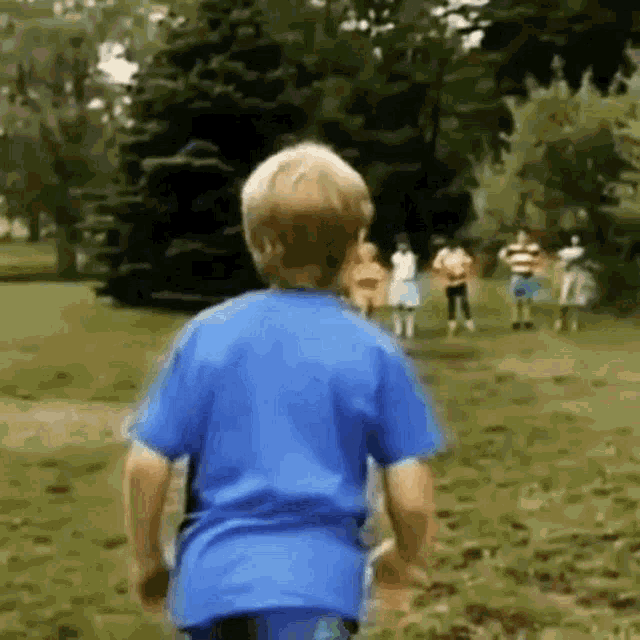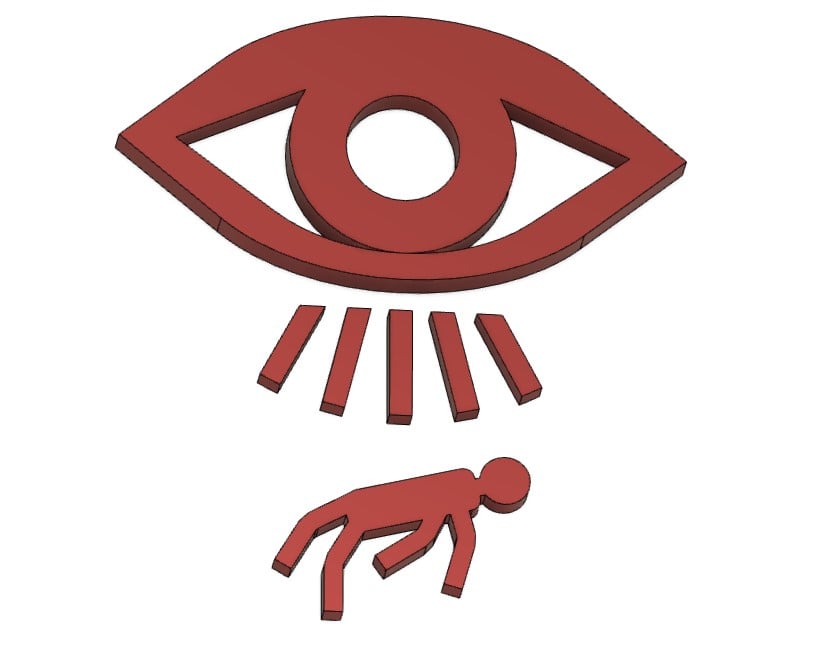You would probably get a feeling of déjà vu.

That’s when they change something.
You would probably get a feeling of déjà vu.
a knot is still a thread. It can still proceed as normal.
Also, tangled knots happen in space. What kind of space can time get tangled within?
Also, tangled knots happen in space. What kind of space can time get tangled within?
Now that’s another fun question! It also makes me wonder, how would space behave in tangly time?
Would the space in which time gets tangled be primarily around extreme phenomena like black holes, or the very beginnings of the universe (or a universe, if one wants to get into multiverse angles)?
You would probably get a feeling of déjà vu.
Probably something like the Jeremy Bearimy.
You would probably get a feeling of déjà vu.
Since we would be inside the frame of reference, I don’t think we would know it was happening, like imagine you’re inside a tube that is knotted. You’d go through the tube like a slide at the water park, no way to see that it’s a knot, even if we can detect the turning and tumbling, there’s little we can reference from inside to determine it’s crossing around itself.
You would probably get a feeling of déjà vu.
You would probably get a feeling of déjà vu.
You would probably get a feeling of déjà vu.
Perhaps that’s where we get the Mandela Effect.
Well, I imagine rule 3 of time travel will apply.
- Don’t change the outcome of WWII.
- Don’t kill your grandfather.
- Don’t have sex with your self from another point in your personal timeline.
- Don’t add yourself into background scenes on the Death Star in Star Wars.
- Don’t step on butterflies in the Lower Cretaceous period.
Why #4? What if I really want to be in Star Wars?
Star wars, originally, only had 4 extra people on the death star. They are running out of room on set!
Get killed in the background of Attack of the Clones like everyone else!
I think that, due to the nature of chaos and the butterfly effect, any time travel at all would change the future. Unless it was just closing a time loop that was already present in the current past (which would mean any attempt to alter history would fail because that attempt is already a part of history), or if it’s possible to create new branches in time.
So these rules are either unnecessary because any time travel automatically causes changes that, it’s not possible to change the past from the past, or it’s not possible to go back to our past, thus nothing you do will affect our present.
I’ve been downvoted by someone who wants to have sex with their time-clone! Or possibly a kinky Lower Cretaceous butterfly.
I doubt the term “time tangled in knots” is sufficiently well-defined for any reasonable answer. At least in terms of real-world physics.
If you’re talking about scifi technobabble time tied in knots, my answer is “Looper.”
True! It is intentionally insufficiently defined to inspire and encourage imaginative replies!
Spacetime (you can’t talk about time only) or at least its substrate does get in knots, best we can tell. We call them fundimental particles. String theory/membrane theory are still very much theoretical physics right now, however, so it could be completely wrong.
The other alternative is a closed timelike curve. According to relativity, there are valid solutions that create such a curve. Theoretically, you could fly into one, traverse it, and exit before you entered at the start. This does require several black holes, moving at stupid speeds, orbiting each other, however. It’s also theoretical. While the equations allow it, we know they are incomplete. Physics seems to have blocks on anything that can mess with causality. It’s likely something, currently unknown, kicks in to stop the closed timelike curve from forming.














